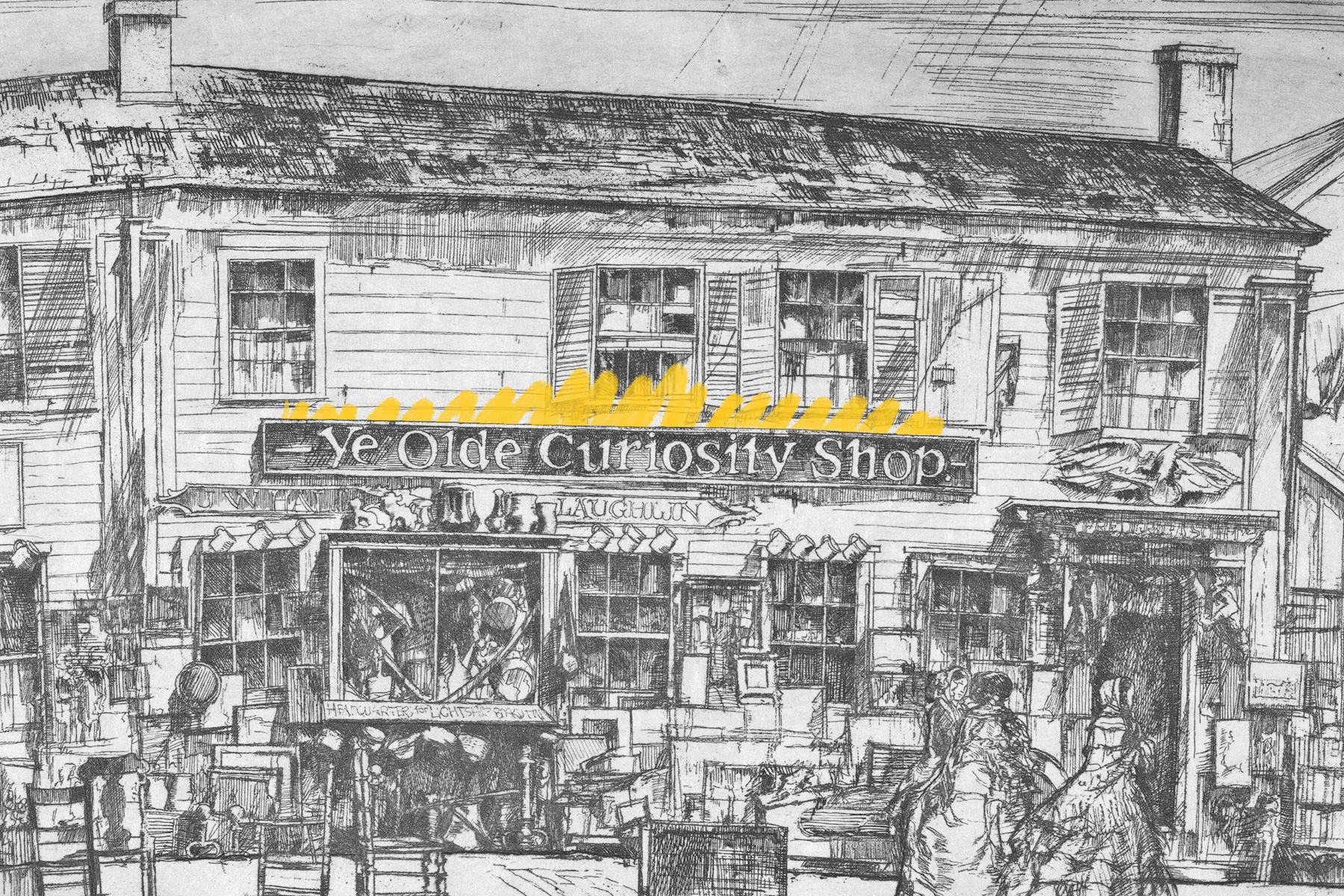“Ye olde” is pronounced “the old.”
The next time you visit Ye Olde Shoppe or Ye Olde Taverne, you should know that the pronunciation of “ye” is actually just the boring, modern “the.” Way back in ye days of Old English — the earliest form of English, spoken from 450 CE to 1100 CE — the alphabet had some letters unfamiliar to us today. Starting in the seventh century CE, Christian missionaries began bringing the Latin alphabet with them to the British Isles, which slowly started to replace the runic script used before then. But a few of the older runes were integrated into what became a hybrid alphabet, including thorn (þ), which was pronounced “th.”
Until the Late Middle English period (beginning around 1450 CE), one common spelling of the word “the” was “þe,” particularly when the word was used at the beginning of a sentence. Over time, Middle English speakers began writing “þ” in a way that looked a little more like a “Y,” and once the printing press was invented, printers started just using “Y” to represent the character, especially when converting older written documents to typed ones. By then, “th” was also being used to represent the sound (the letter combination dates all the way back to ancient Rome), and it eventually took over the letter “Y” in the spelling of the word.
“Ye,” meaning “the,” reentered the popular lexicon with its modern pronunciation around 1850 as a gimmick for businesses that were trying to appear old, a usage that still persists today in business names such as Ye Olde Curiosity Shoppe. Soon after, “ye olde” also became a figure of speech for describing anything as archaic; one of the earliest uses referenced in the Oxford English Dictionary is a magazine article that describes a character as “ye olde fogie.”







